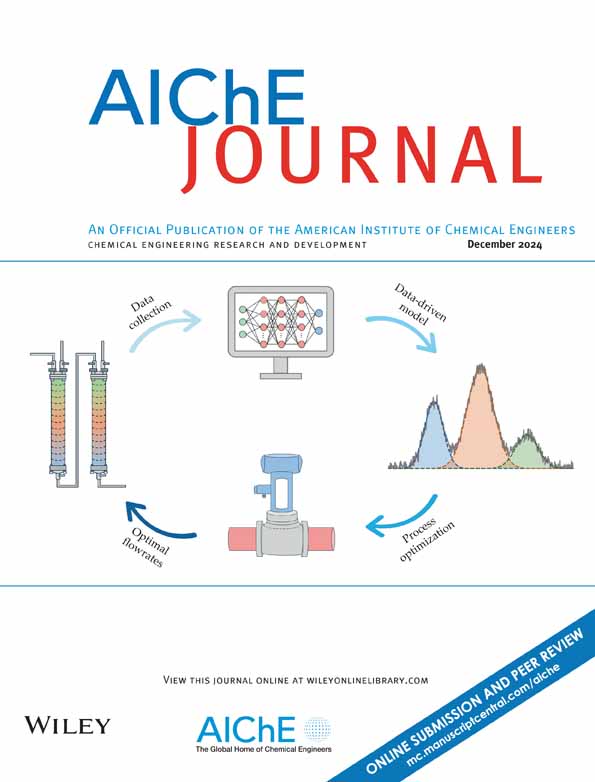Asymmetrically coordinated nickel-based catalysts for enhanced hydrogen evolution reaction
IF 3.5
3区 工程技术
Q2 ENGINEERING, CHEMICAL
引用次数: 0
Abstract
Developing non-noble metal hydrogen evolution reaction (HER) catalysts with high efficiency for water dissociation in alkaline environments is crucial for achieving cost-effective alkaline water electrolyzer. Surface engineering offers immense potential to design promising HER catalysts with enhanced performance, but it faces multiple challenges such as optimizing hydrogen adsorption energy. Herein, Ni-based hydroxide catalysts doped with heteroatoms are synthesized via electrodeposition, forming a Co-doped asymmetric S–Ni–F coordination structure, which requires the overpotential of only 20 mV to reach a current density of −10 mA cm−2, and remains stable for over 100 h at −0.5 A cm−2. DFT calculations reveal that sulfur and fluorine doping could effectively mitigate the energy associated with active hydrogen adsorption and facilitate water molecule dissociation. Furthermore, the electron coupling within the d-orbital of the Ni–O–Co structure further amplifies the catalytic efficacy. This asymmetric structure offering a pathway for designing high-efficiency and non-noble metal alkaline HER catalysts.求助全文
约1分钟内获得全文
求助全文
来源期刊

AIChE Journal
工程技术-工程:化工
CiteScore
7.10
自引率
10.80%
发文量
411
审稿时长
3.6 months
期刊介绍:
The AIChE Journal is the premier research monthly in chemical engineering and related fields. This peer-reviewed and broad-based journal reports on the most important and latest technological advances in core areas of chemical engineering as well as in other relevant engineering disciplines. To keep abreast with the progressive outlook of the profession, the Journal has been expanding the scope of its editorial contents to include such fast developing areas as biotechnology, electrochemical engineering, and environmental engineering.
The AIChE Journal is indeed the global communications vehicle for the world-renowned researchers to exchange top-notch research findings with one another. Subscribing to the AIChE Journal is like having immediate access to nine topical journals in the field.
Articles are categorized according to the following topical areas:
Biomolecular Engineering, Bioengineering, Biochemicals, Biofuels, and Food
Inorganic Materials: Synthesis and Processing
Particle Technology and Fluidization
Process Systems Engineering
Reaction Engineering, Kinetics and Catalysis
Separations: Materials, Devices and Processes
Soft Materials: Synthesis, Processing and Products
Thermodynamics and Molecular-Scale Phenomena
Transport Phenomena and Fluid Mechanics.
 求助内容:
求助内容: 应助结果提醒方式:
应助结果提醒方式:


